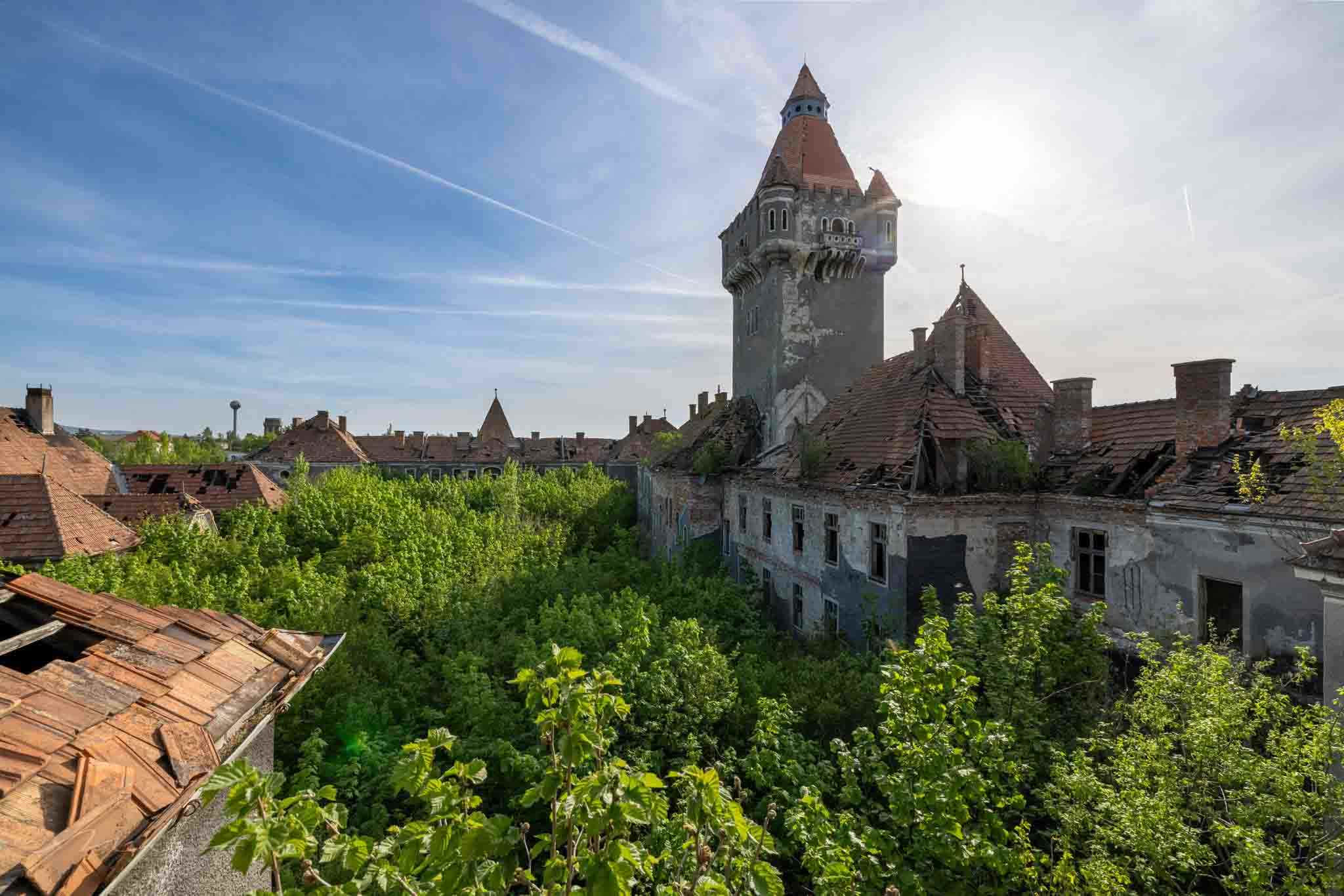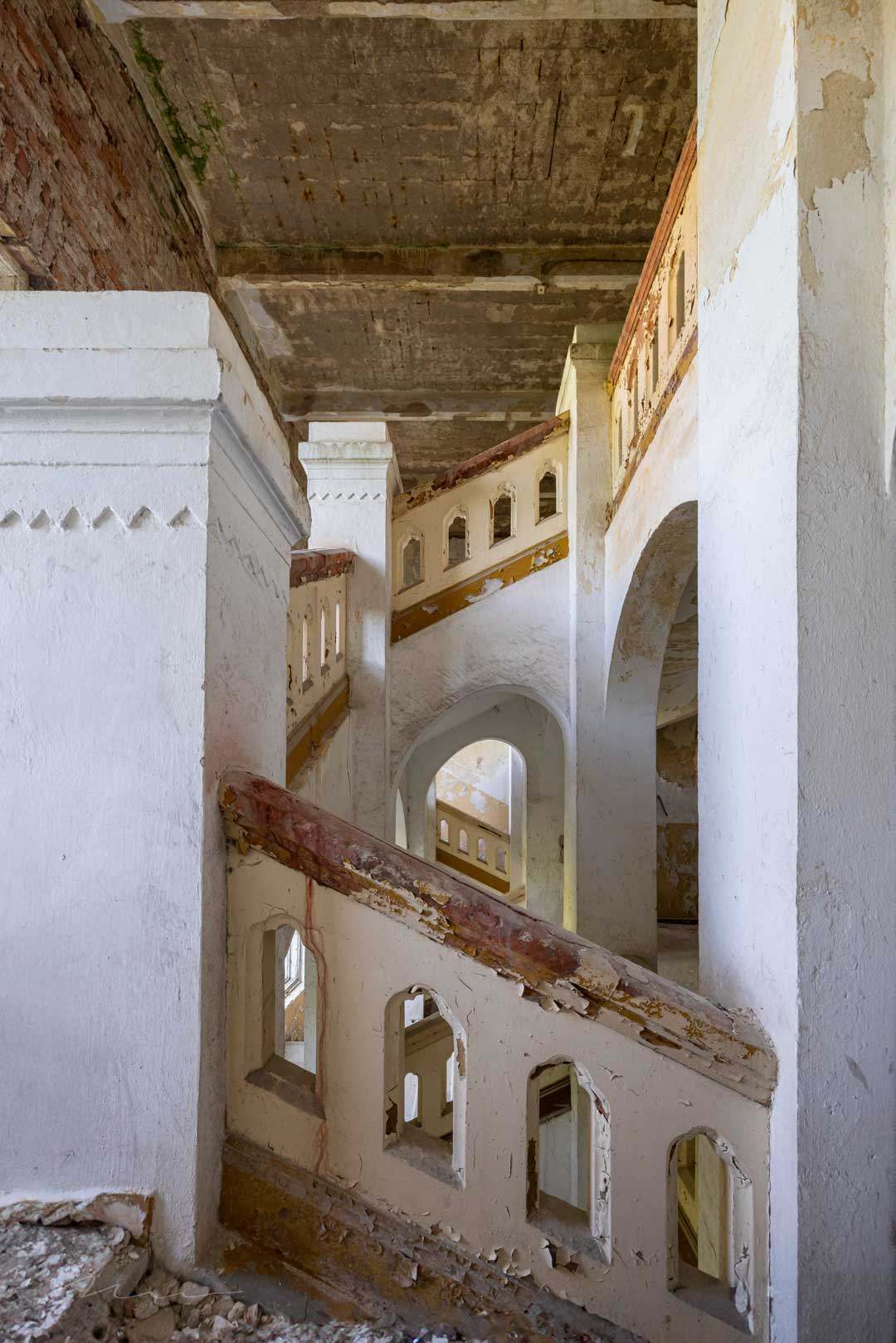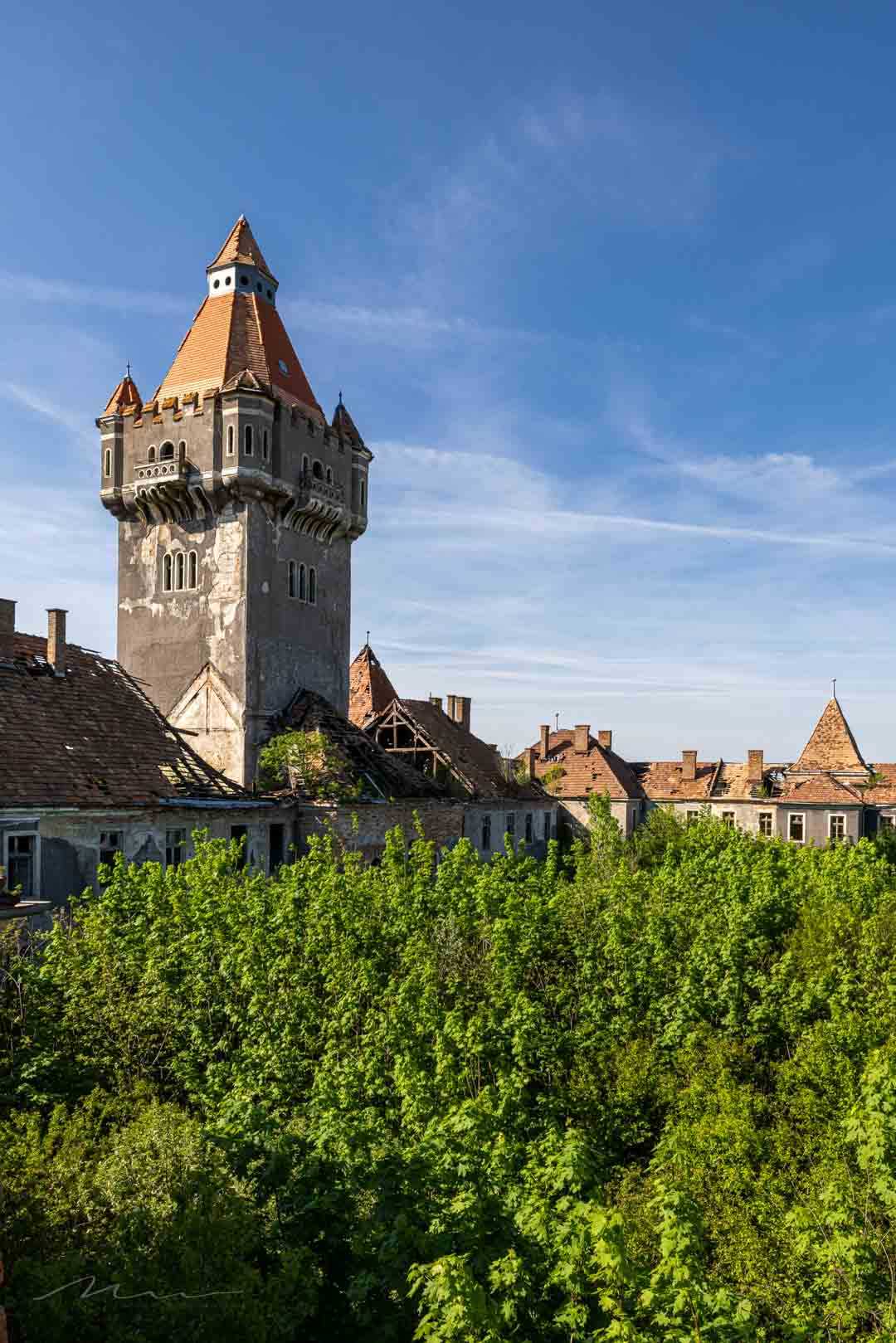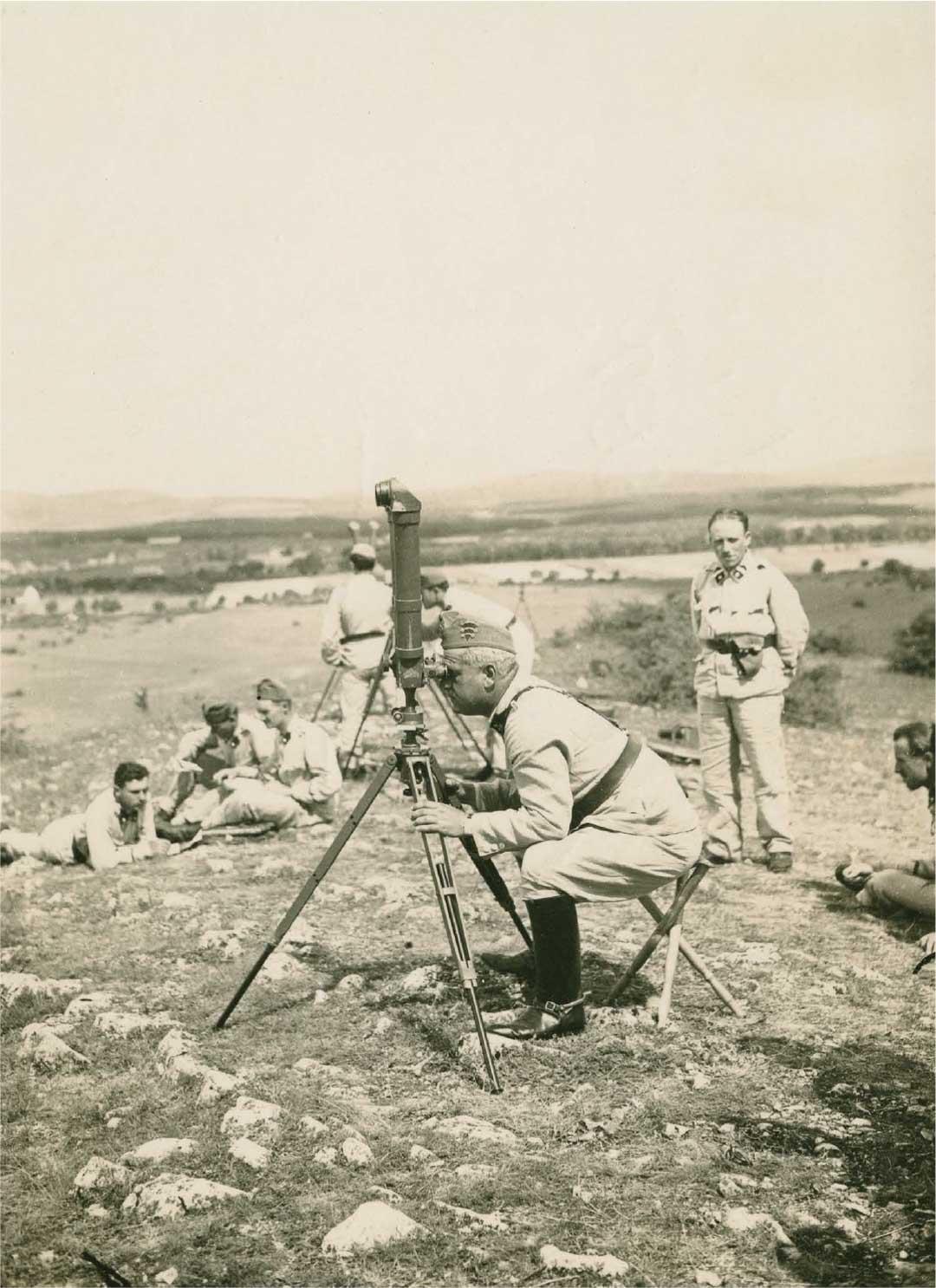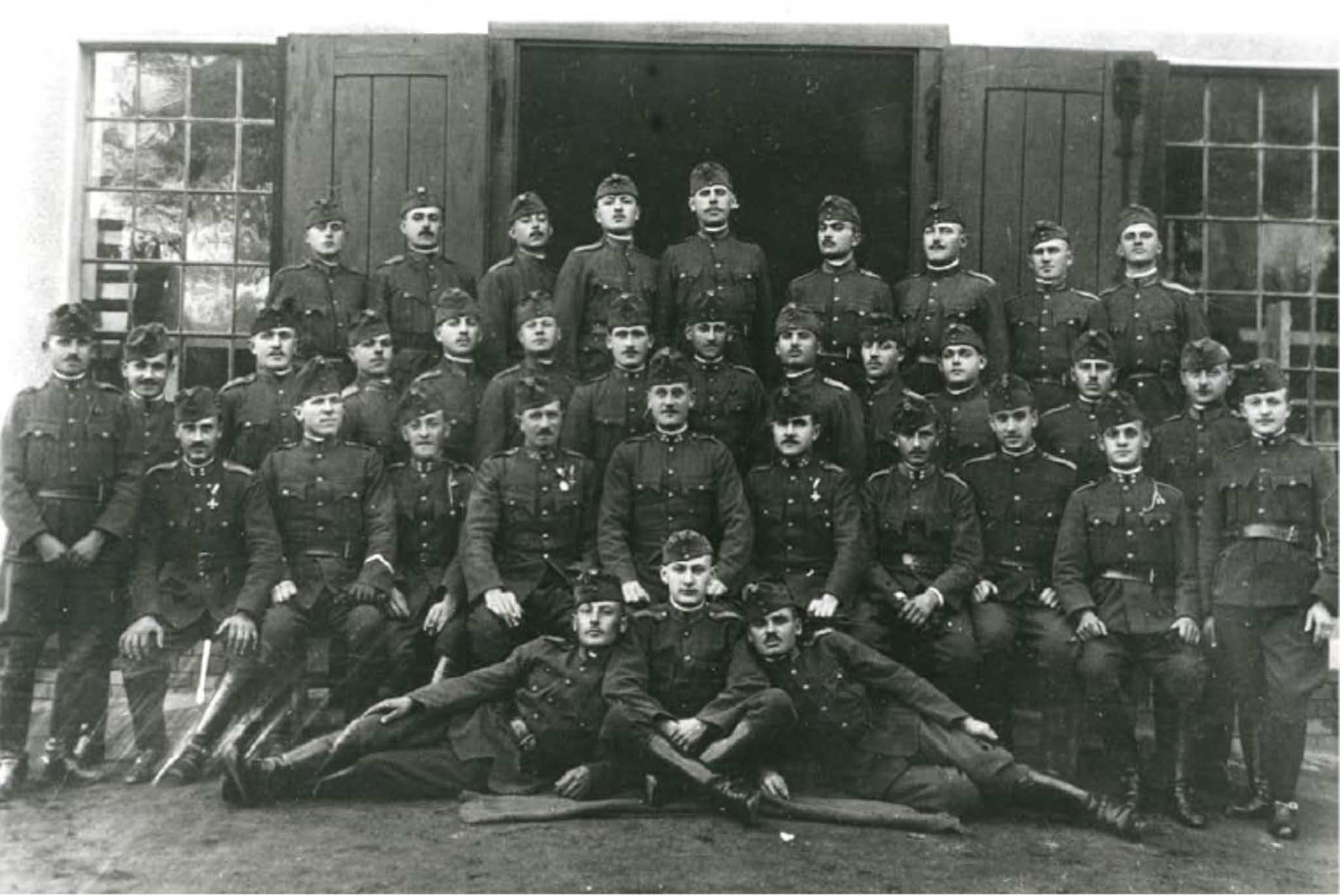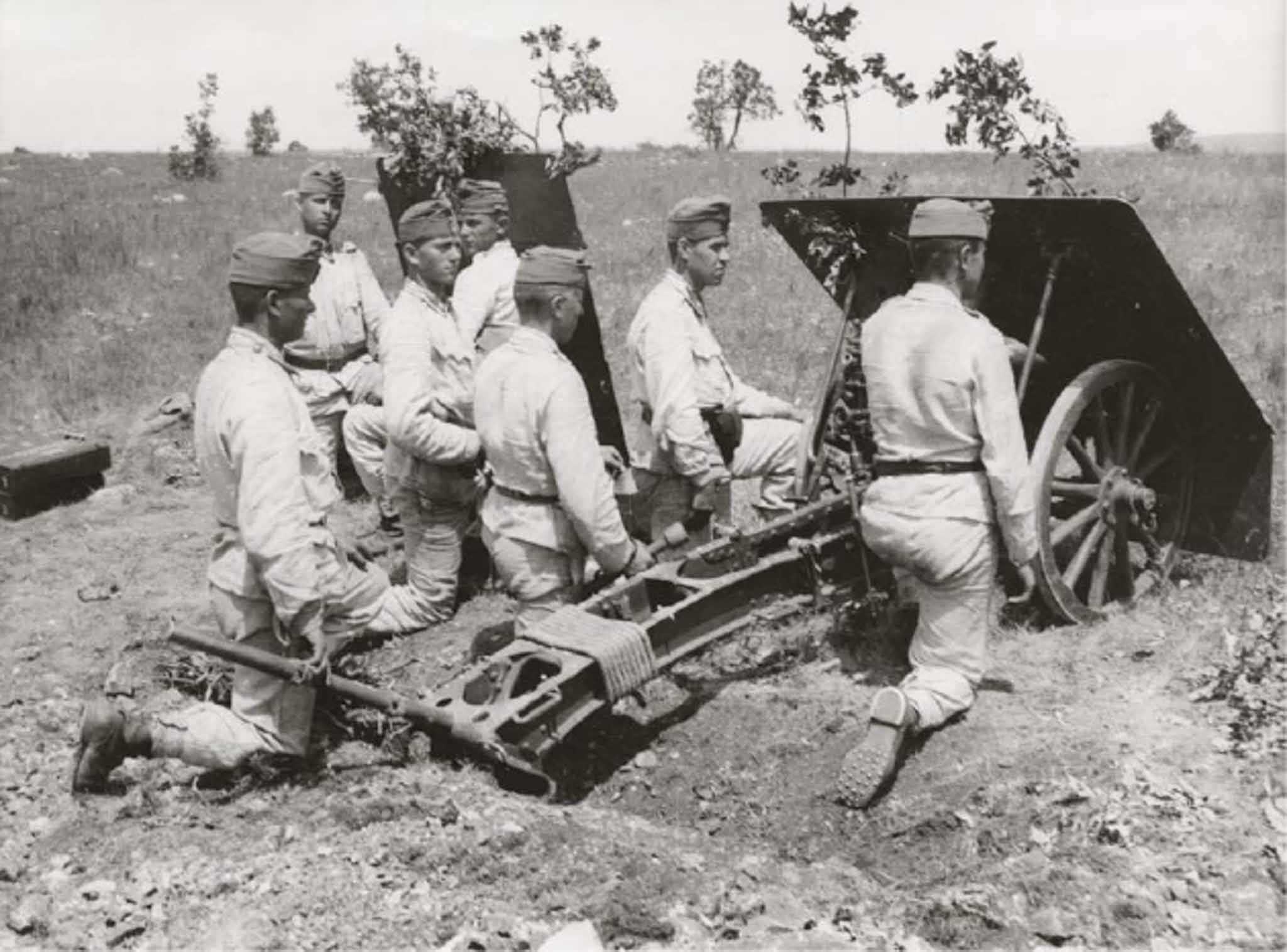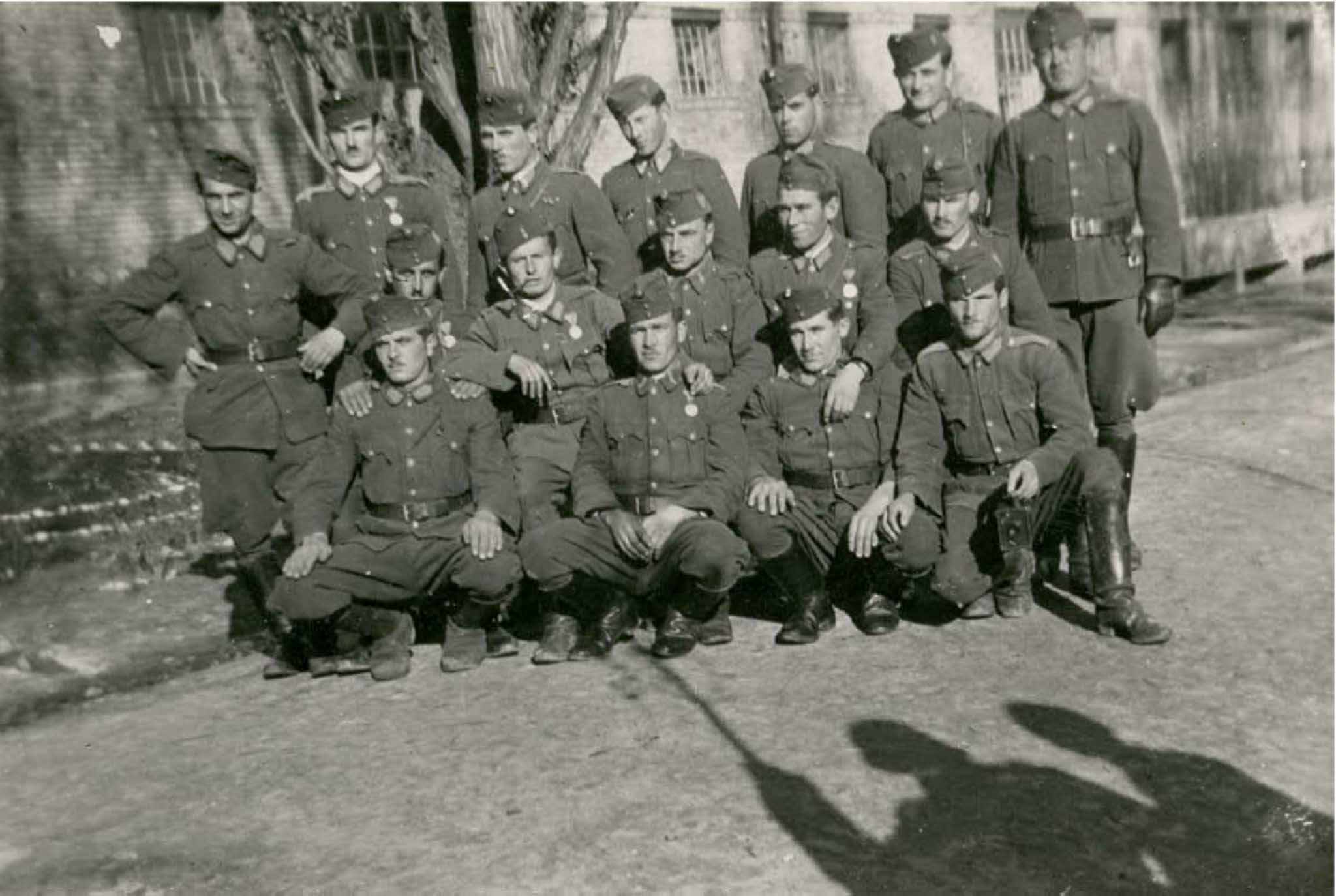Hajmáskér Military Castle
- May 30, 2024 - Journeys
HAJMÁSKÉR MILITARY CASTLE
My exploration at Hajmáskér Military Castle (or Hajmasker Castle) that day was straightforward, accompanied by warm sunlight. Inside, history unfolds amid chaos. Floors and roofs have collapsed, and graffiti covers many surfaces. Unfortunately, this neglect is common in many such sites nowadays. Today, the structure stands abandoned, gradually being reclaimed by nature and in a real state of decay.
military barracks
The military barracks of Hajmáskér date back to a time when Hungary was ruled by a monarch. During the Austro-Hungarian Monarchy, Emperor Franz Joseph selected this site for a future artillery military base. In 1901, the king purchased the land for 1.8 million crowns. The objective was to establish the largest artillery training camp and shooting range in Europe.
The grounds spanned over 5,000 hectares, making this ambitious goal achievable. The architects entrusted with designing and constructing the base were Márton Kondor and József Feledi, who were ideal for the task. In addition to the military complex, they also developed a vast park and a lake nearby so the soldiers could have some fun.
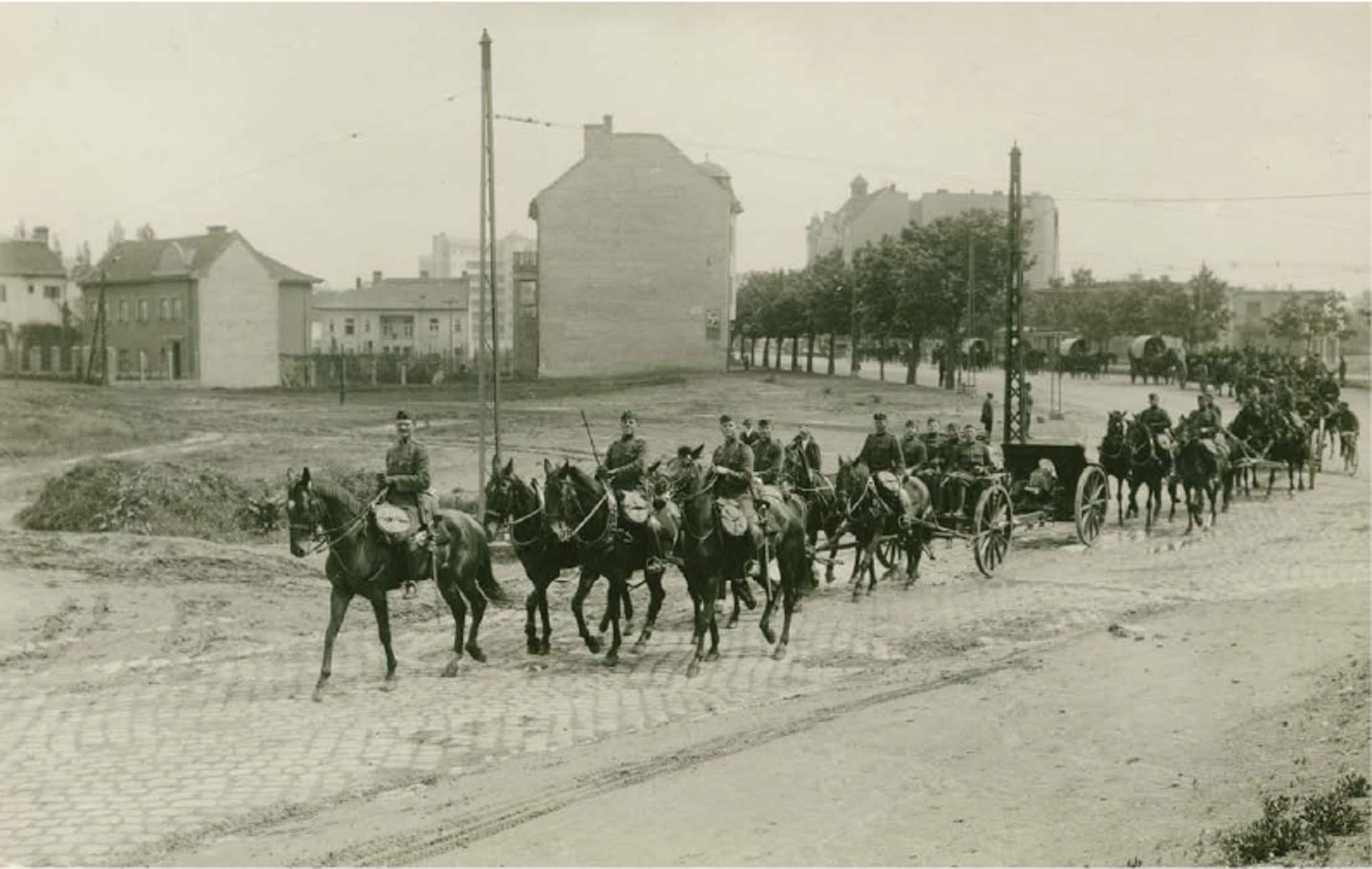
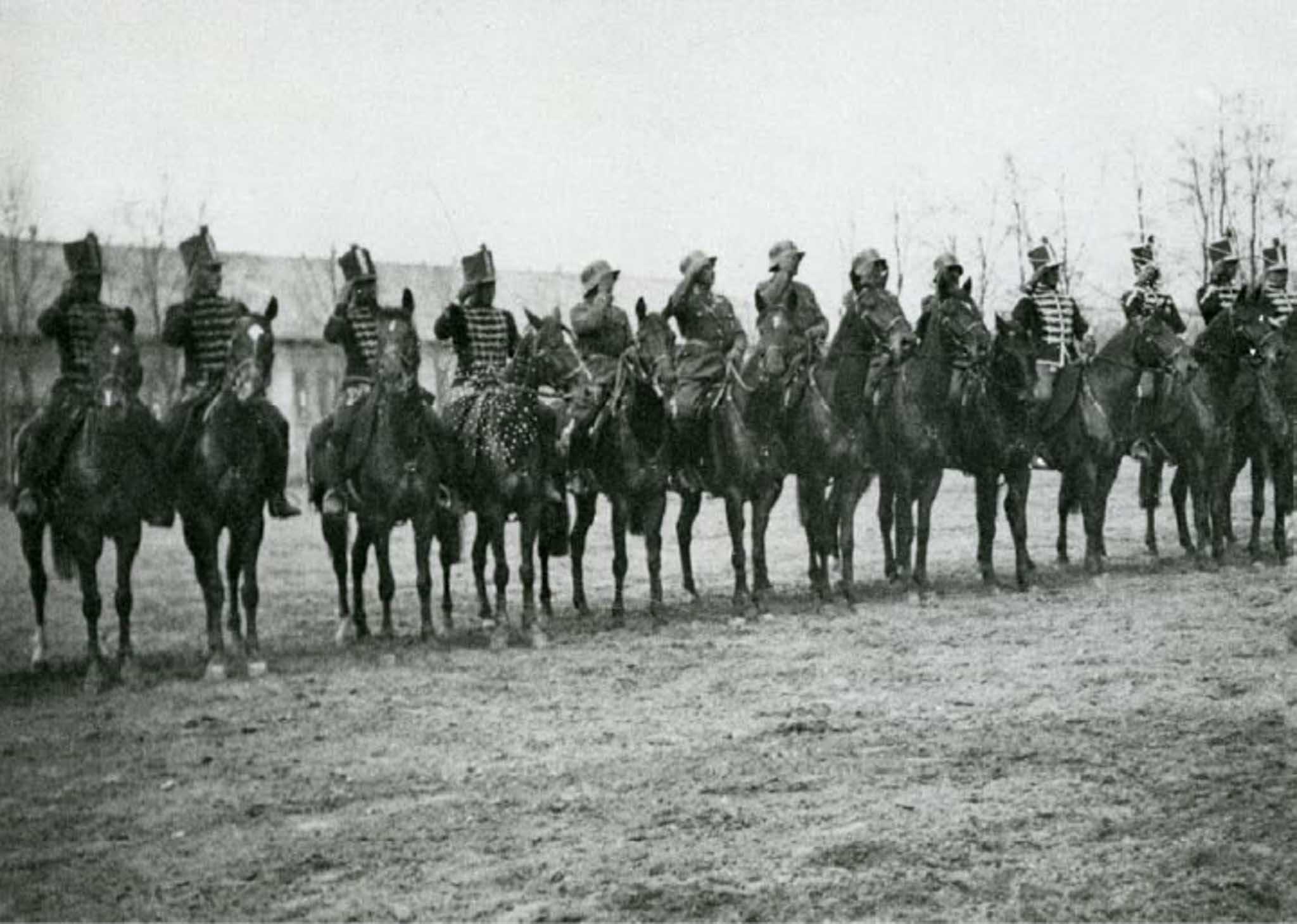
Prisoners of war
After WWI, the military base was converted into a prison for prisoners of war, housing several thousand Italian, Yugoslavian, Russian soldiers. Within the military / prison complex a "own" currency was provided. This currency could only be used within the base to prevent prisoners from obtaining real money.
During WWII, in 1944, the German forces took control of the base, vacating it when the Russians arrived. The Russians stayed for an extended period, during which the base began to deteriorate. The lake dried up, and the buildings fell into disrepair. When the troops withdrew in 1990, they took everything of value, selling off what they couldn't transport.
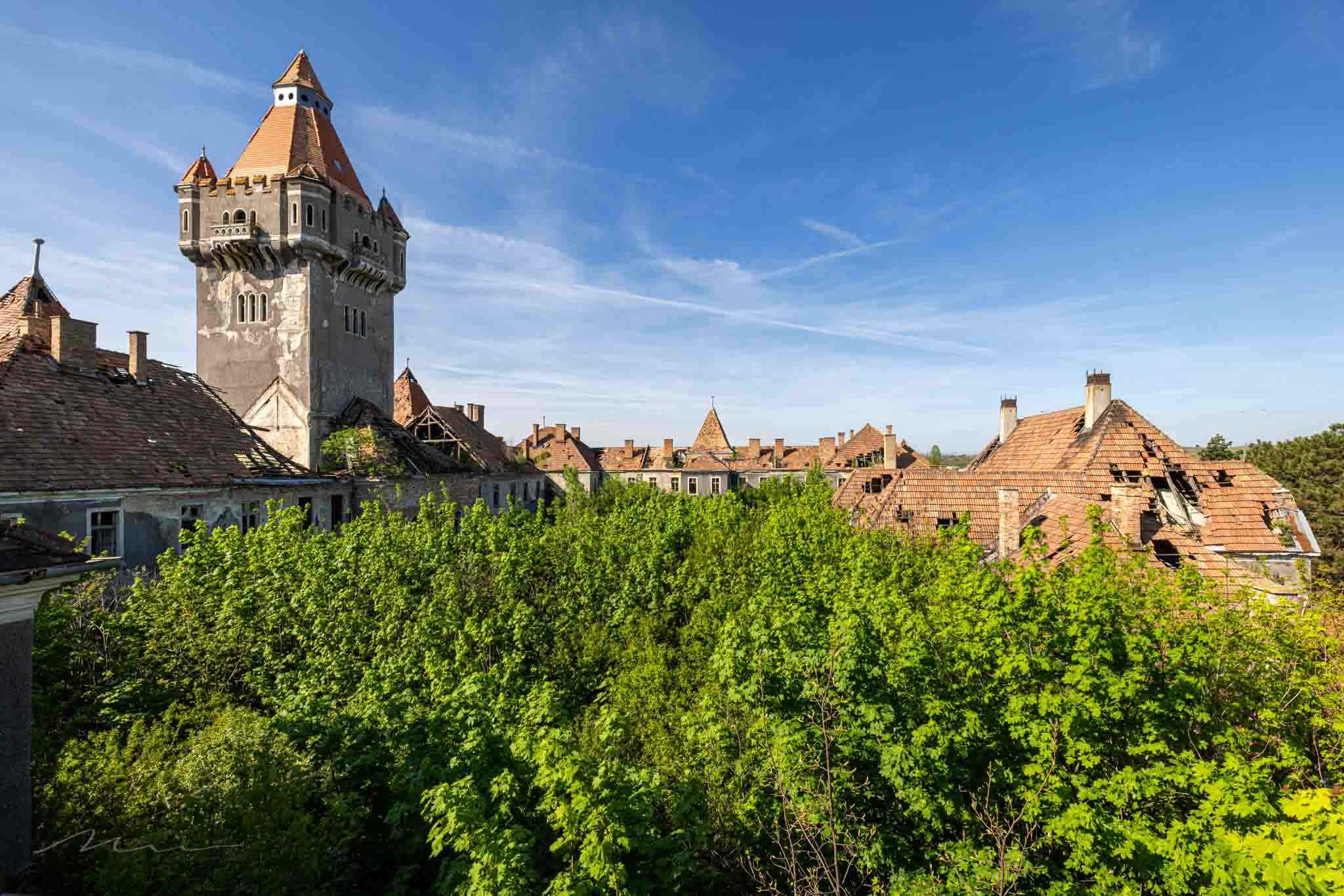
Since then, the military base has changed owners multiple times, but no one has undertaken a full renovation. Today, the structure stands abandoned, gradually being reclaimed by nature and in a real state of decay.
Photogenic
My exploration that day was straightforward, accompanied by warm sunlight. The gate to Hajmáskér (or Hajmasker Castle) base was open, and the local residents were indifferent to visitors walking in. Inside, history unfolds amid chaos. Floors and roofs have collapsed, and graffiti covers many surfaces. Unfortunately, this neglect is common in many such sites nowadays.
After some time, we discovered the most beautiful spot. Once you find it, you can relish the experience to the fullest.
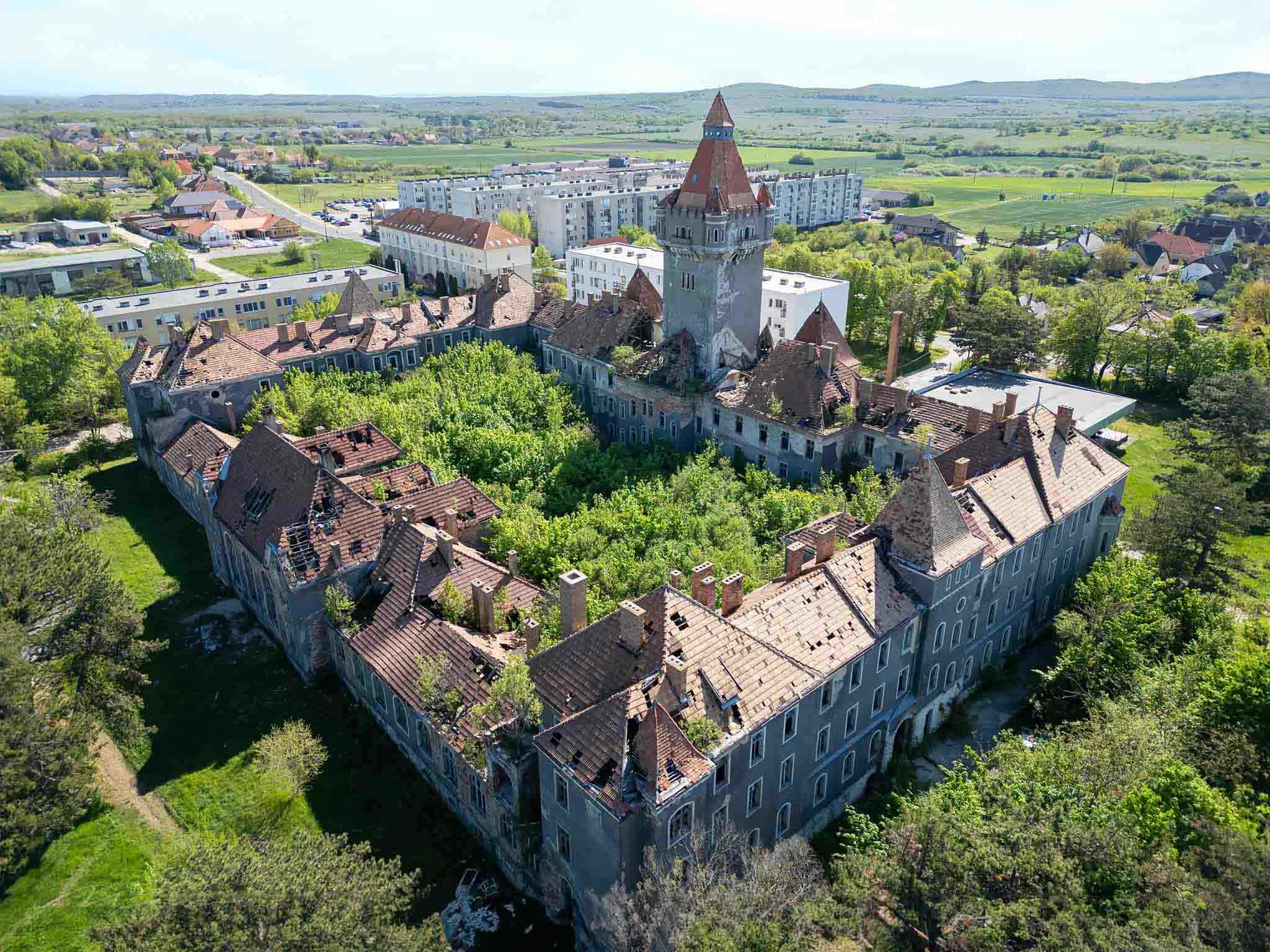
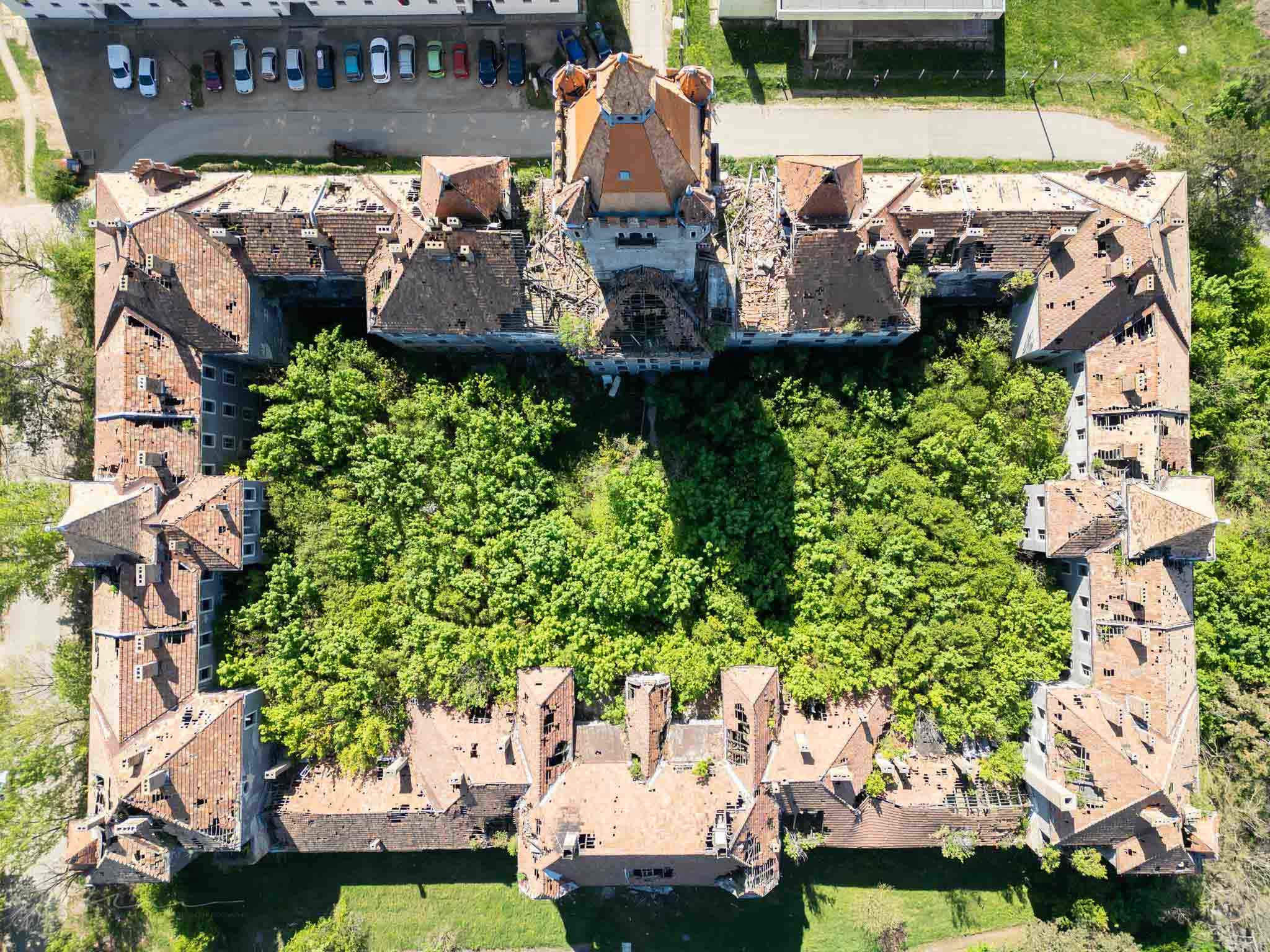
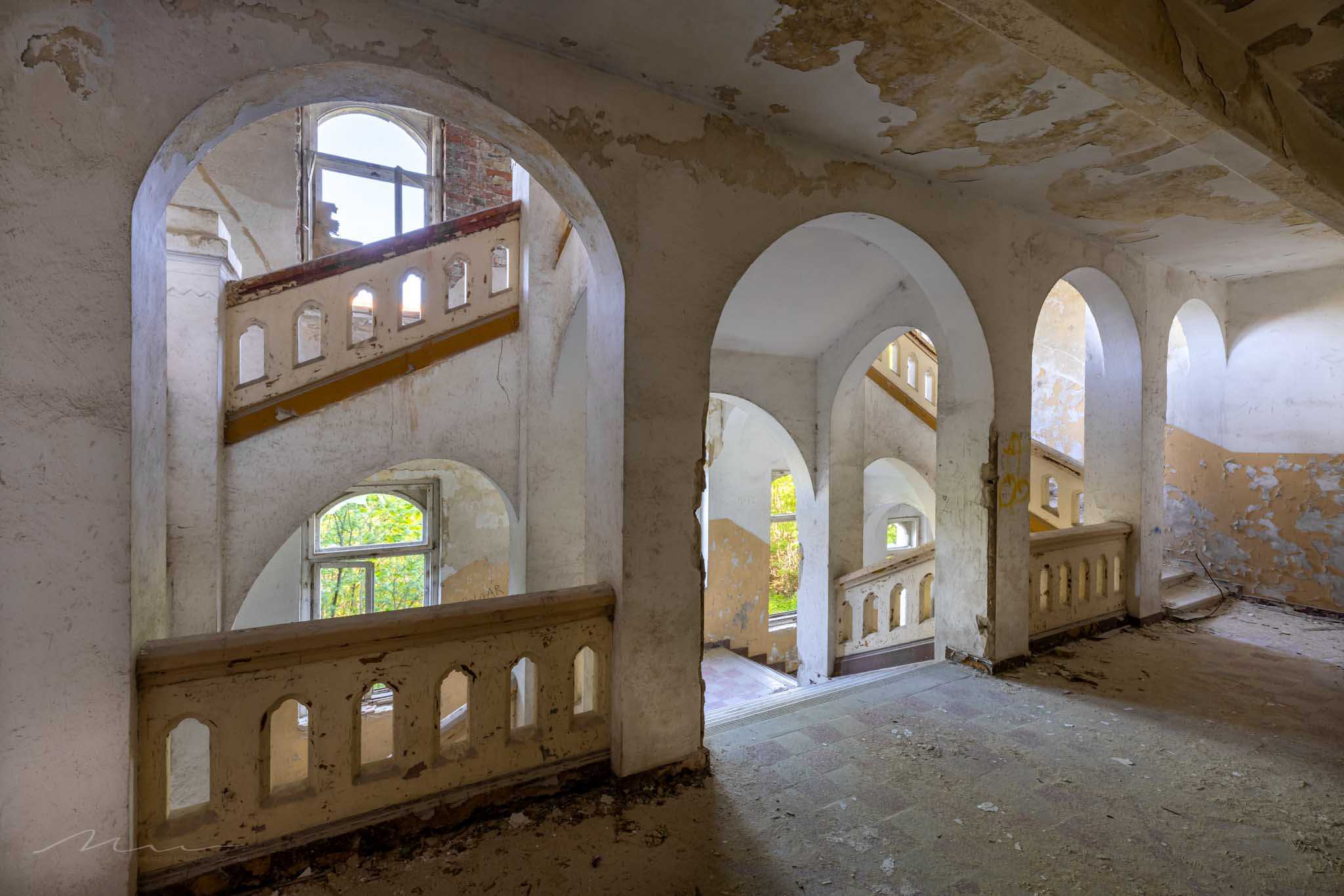
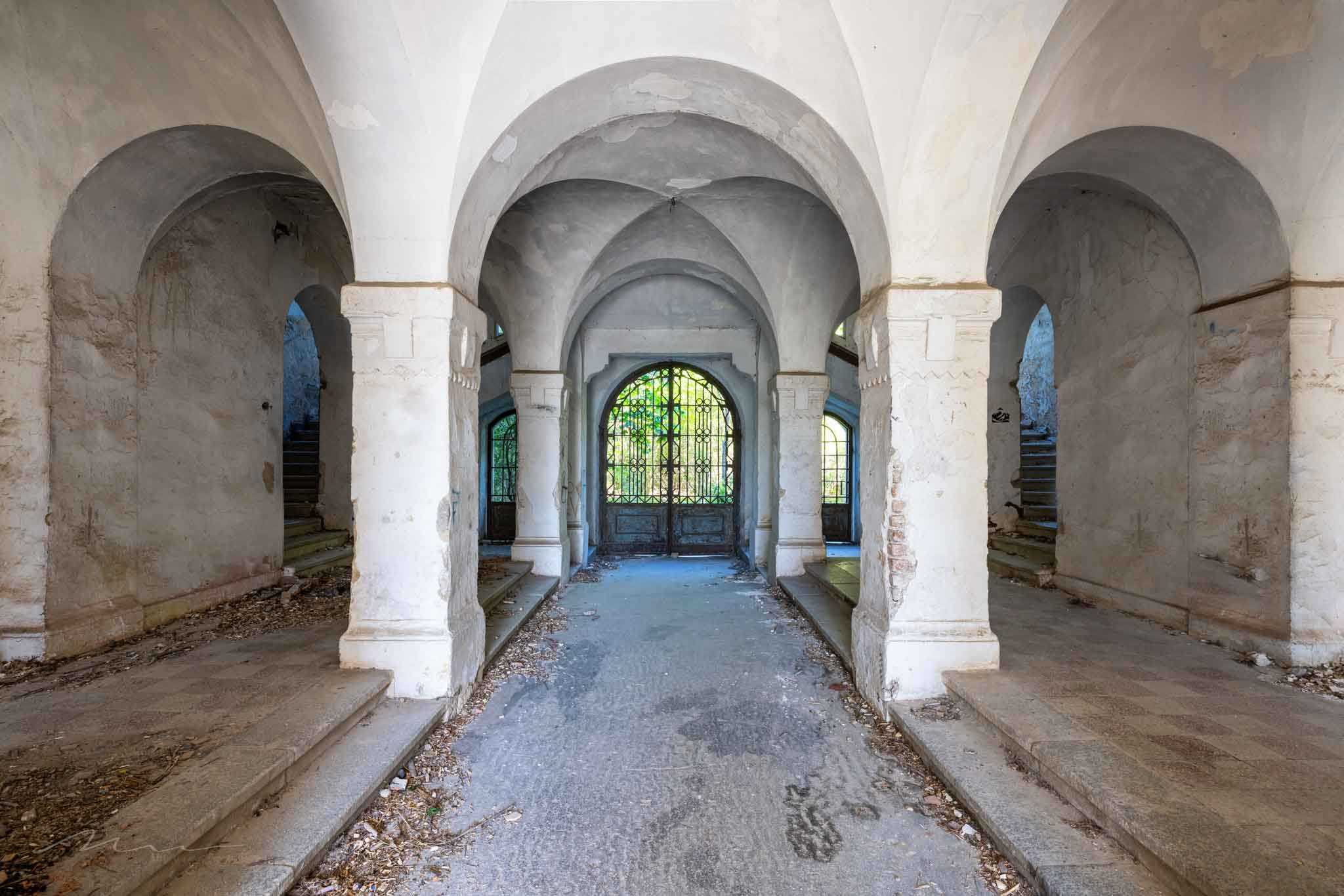
Helpfull images, links & source
https://dailynewshungary.com/
https://m.militaria.hu/
